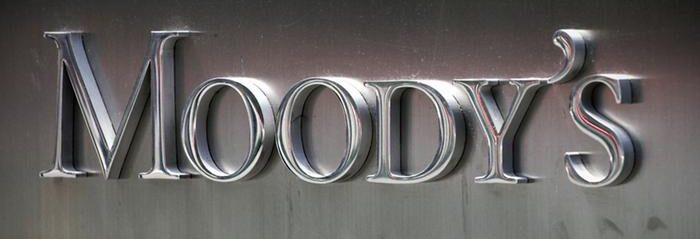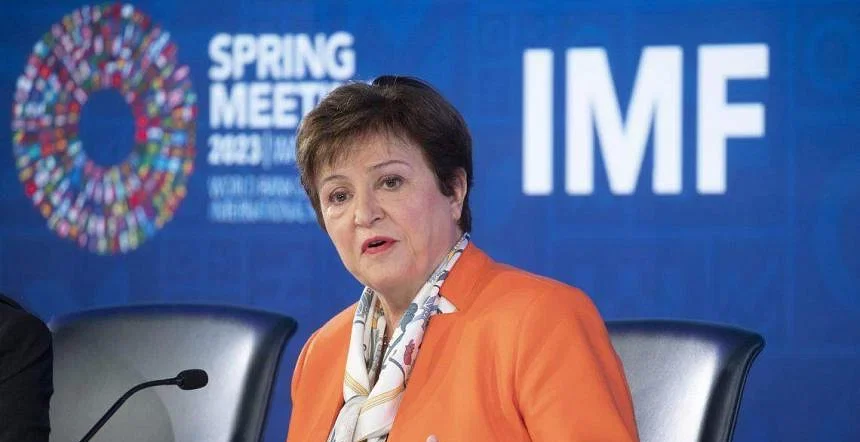Moody’s Ratings has revised Egypt’s outlook from negative to positive while affirming the country’s Caa1 long-term foreign and local currency issuer ratings.
The Caa1 rating indicates that Egypt is in poor standing and faces very high credit risk, according to Moody’s Long-term Corporate Obligation Rating definitions.
Why now?
Moody’s decision follows the recent move by the Central Bank of Egypt (CBE) to raise key interest rates by 6% in an unscheduled meeting and allow the local currency rate to be determined by market supply and demand forces.
“The change in Egypt’s outlook to positive reflects significant official and bilateral support announced and marked policy steps taken in the past week that will, if maintained, support macroeconomic rebalancing”, Moody’s said in its decision note.
It also highlighted the significant boost to Egypt’s economy from the $35 billion foreign direct investment (FDI) expected from the Ras El-Hikma deal, which will substantially increase the country’s foreign exchange reserves. Moody’s estimates this will effectively cover Egypt’s external financing gap, projected at $15 billion until FY2025/2026.
“As a result, the downside risks that prompted the change in outlook to negative in January are significantly reduced,” Moody’s said.
Moreover, Moody’s noted that the recent devaluation of the local currency and the increase in key interest rates, coupled with the expanded IMF deal, will help Egypt address its external imbalances and enhance the economy’s resilience to shocks over time. The IMF announced in March that it has boosted its financing for Egypt under the Extended Fund Facility (EFF) program to $8 billion from $3 billion, in response to global and regional tensions impacting the Egyptian economy negatively.
Caa1 rating
Regarding the affirmation of the Caa1 rating, Moody’s explained that it reflects Egypt’s high debt ratio and very weak debt affordability, which increase vulnerability to fiscal shocks. However, Moody’s expects this situation to gradually improve. It anticipates that total interest payments will consume nearly 65% of the budget’s revenues in the current fiscal year (FY2023/2024), ending on June 30, with a temporary deterioration expected due to recent currency devaluation.
Additionally, Moody’s highlighted the recurring dependence on substantial external support packages since the November 2016 devaluation, underscoring persistent vulnerabilities related to shock exposure and declining reform momentum. This is particularly evident in currency reform efforts. Meanwhile, Moody’s expects the $35 billion (8.8% of GDP) Egypt will receive from the Ras El-Hikma deal to roughly double the country’s foreign exchange reserves within a few weeks.
“The injection of fresh foreign exchange liquidity is sufficient to help close the external financing gap until fiscal 2026, in addition to a $7 billion foreign exchange backlog that has accumulated since February 2022. The conversion of $11 billion in UAE deposits at the CBE to foreign investments will also reduce the monetary system’s net foreign liability position by the same amount over the next few weeks,” Moody’s illustrates.
Other rating agencies
Meanwhile, S&P Global Ratings expressed encouragement by the surge in financial support Egypt received following recent actions, including the Ras al-Hikma deal and the expansion of the $8 billion IMF deal. This announcement suggests a positive indication that the credit rating agency may reconsider its outlook for Egypt’s credit rating, akin to the decision made by Moody’s.







